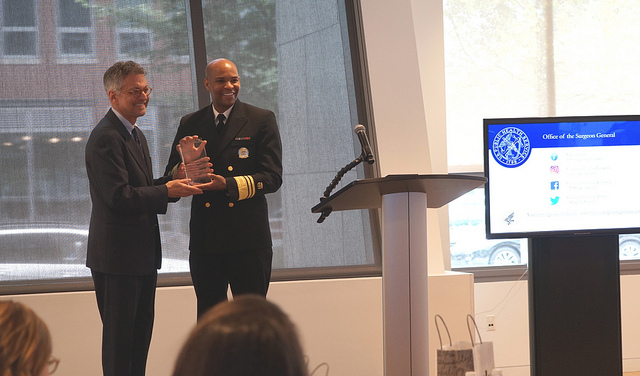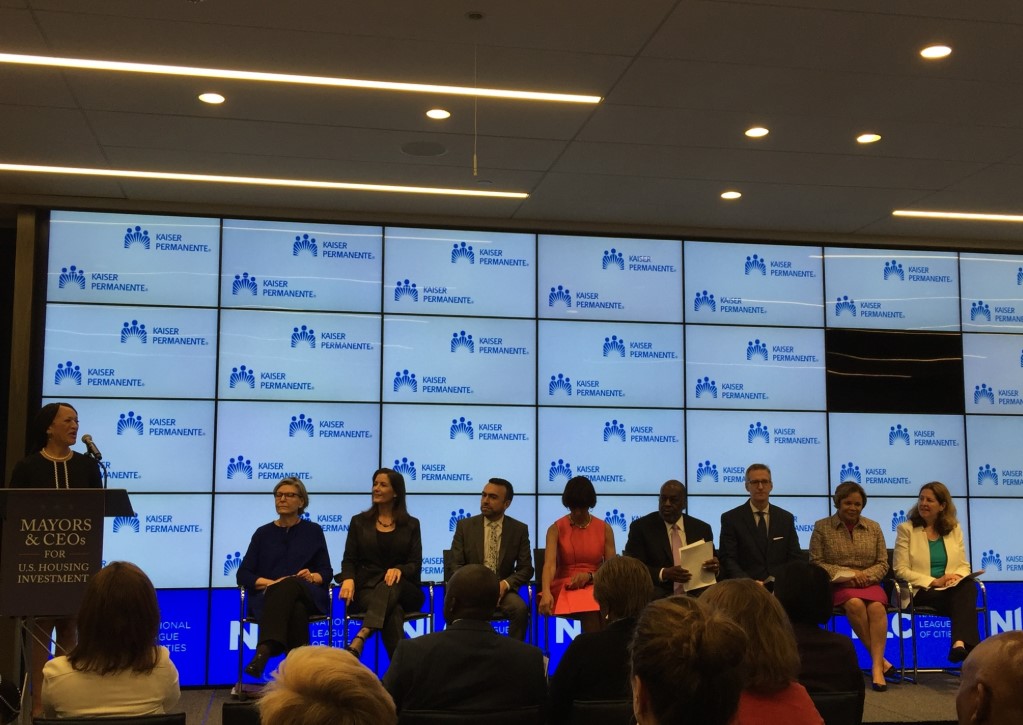
Anyone who has had to choose a health insurance plan knows how confusing the process can be, even with the help of a friendly human resources professional. For the millions of Americans purchasing their coverage through exchanges, the process can be even more daunting.
Many consumers struggle to determine which plan is going to provide the best value – the coverage they need at a price they can afford. Dozens of organizations and publications – from the National Committee for Quality Assurance (NCQA) to Consumer Reports – rate health care plans each year. Some of these rankings are meant for the average consumer, but many are for industry insiders – laden with clinical terminology and detailed beyond what most people want to know.
On October 28, the Mid-Atlantic Permanente Medical Group and the Center for Total Health hosted what we hope to be the first in a series of events examining how we can translate these often technical ratings into something more consumer-friendly and how best we can get those ratings into the hands of the consumers.
Helen Burstin, MD, MPH, FACP, from The National Quality Forum, and Margaret O’Kane, from NCQA, set the tone for the day, reminding us that the patient must be at the center of all the industry does – not just care delivery. We must seek to provide our patients with the information they want in a way that is meaningful and accessible for them, while remembering that health care is a personal experience and much of what matters most cannot be measured. Dr. Burstin reminded us: Not everything that counts can be counted; not everything that can be counted counts.

Kaiser Permanente’s own Bernadette Loftus moderated a panel to understand what counts for consumers. Doris Peter, PhD, of Consumer Reports, emphasized that people can handle data.
“Just look at ESPN,” she reminded the audience, daring them to find a website with more data collected.
Dr. Peter and her co-panelists, Tina Reed of the Washington Business Journal, and consumer Iris Molotsky, agreed that uniform, consumer friendly terminology is a key step to making quality ratings more accessible for consumers. Ms. Molotsky, the president of Dupont Circle Village, a neighborhood association in Washington, DC, emphasized that “even well-educated, well-read, well-traveled” members of her community are confused by the complexities of standard health care language.
This sentiment was echoed by the last panel of the day, featuring the chief health officers of the District of Columbia, Maryland, and Virginia, as they lead their populations and health departments in the second open enrollment on the exchanges.




